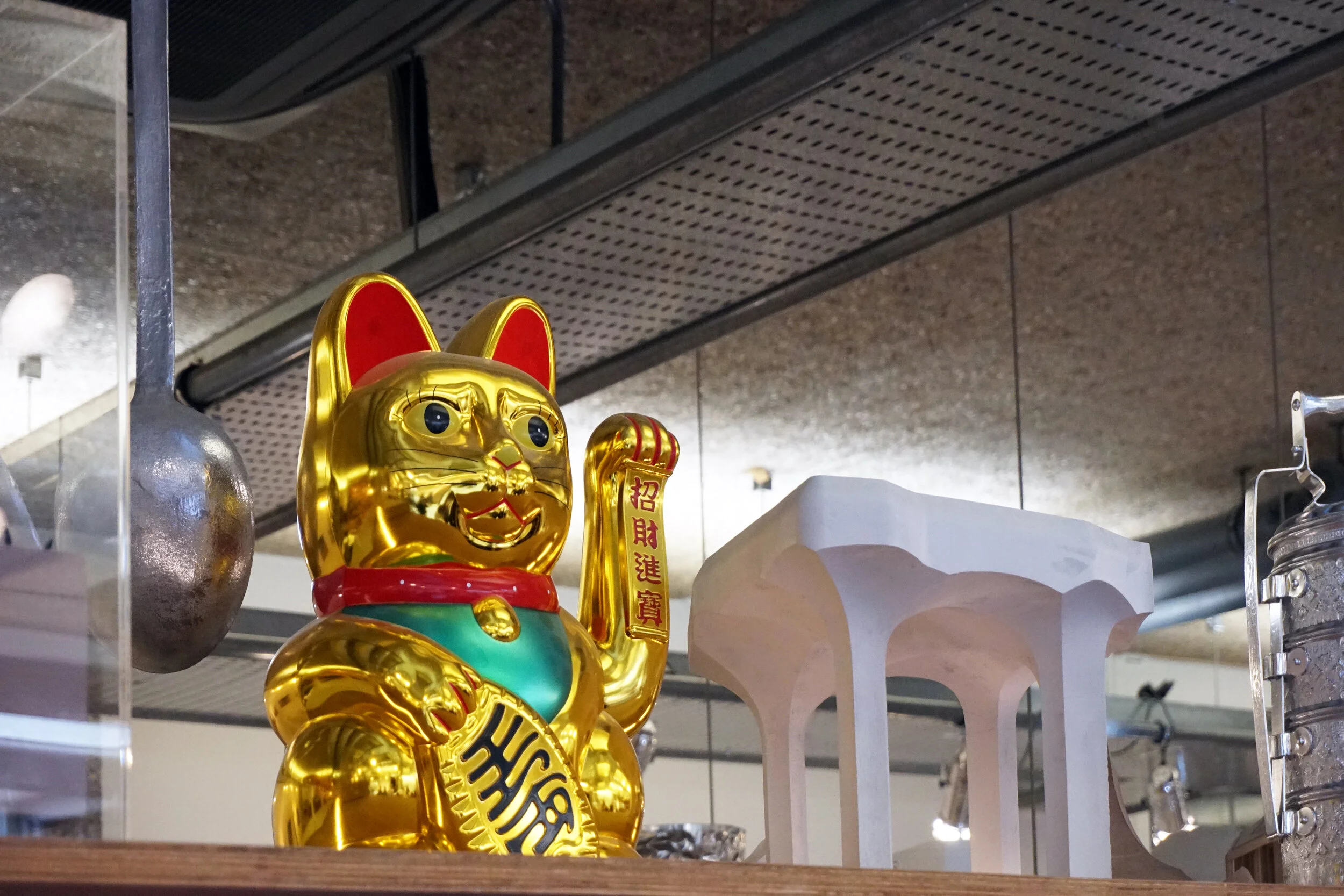
Page 1 of 4
London, England
Every time I think I'm done the plane keeps flying back, and every race beneath the sun just takes another lap
I have been to London before, almost too many times to count (apparently I have trouble counting past twelve or thirteen) and find an excuse to go back every few years. A solid, long standing excuse for these return visits is Open House London, a weekend event where hundreds of buildings that are normally closed are open to visitors. The weekend event usually takes place in September and fortunately lines up with a few other events that we’ll talk about later, making London a great and relatively easy destination every single September.
There are two problems with Open House London, although neither are fatal and both are manageable, once you understand them. The first is that the vastness of the weekend event makes it hard to prioritize sites to see. There are just so many good things to see and they’re often organized by borough- and while I have been to London many times, I have yet to memorize the differences between, I don’t know. let’s say Barnet and Bromley. The other problem is that it’s well supported and, once you sort through all those listings and find the perfect site, you can be damn sure that there will be crowds.
This brings up to our first site and one of the reasons that I decided to go to London and Open House this year, For the first time, Thomas Heatherwick’s Studio was open and, luckily for me, there was only about an hour and a half wait to get in.
If you’re not familiar with Thomas Heatherwick, you’re probably still familiar with his work. He is the mad genius who designed the Rolling Bridge, the 2012 London Olympic Caldera, the new London double decker buses and, in New York, he designed Little Island Park (under construction near West 14th Street) and Vessel at Hudson Yards. And that’s only the start.
Pictured here is a model of one of the Heatherwick buildings that got away, and one that I still regret not seeing. This is a model of the inside of the Seed Cathedral, built for Expo 2010 in Shanghai. Its facade included 25,000 acrylic rods that both brought light inside and created a crazy, dreamlike fuzzy exterior. The pavilion has since been taken down (most Expo buildings are temporary and never to be seen again), and the rods dispersed to schools and museums and charities.
The Heatherwick Studio (located at Willing House on Gray’s Inn Road, only a block or so away from King’s Cross) was open to explore for anyone willing to wait in line to get in. All over the place were models and artifacts and even actual employees, ready to engage and talk about what you were looking at. The studio is not especially organized (Norman Foster’s offices have a far different vibe), but what else would you expect to see inside a mad genius’ lair. A great experience and, if it’s open for Open House London again next year, a great reason alone for you to consider a trip to London.
In 1861, as most of the US was fighting itself, Britain had an Empire to maintain. The Foreign and Commonwealth Office is a physical manifestation of all things empire, and as beautiful and imposing as you probably imagine.
Open for Open House and located in Westminster across the street from the Prime Minister, there were long lines outside but they moved quickly, and while photography was prohibited in most places, it was allowed in the Durbar Court and Grand Staircase, where the display of wealth and images inspired by (and/or stolen from, depending on your point of view), the vastness of the empire intermingle with quotes about judging people righteously. Never change, British Empire.
This is a detail of the Centre Building at the London School of Economics & Political Science, not all that far from the Holborn Tube Station in an an area of London that, for whatever reason, I rarely seem to go to. This new, wonderfully detailed building was designed by Richard Rogers, who is all over London and probably most famous for the Cheesegrater.
One of the really positive things about having been to London and having been to Open House London so many times is that, over time, you get an opportunity to really see a lot of the big sites and can start to focus yourself on new sites. So when you find yourself walking down Floral Street near Covent Garden and standing under the Bridge of Aspiration, instead of being upset that it’s not open this year, you can instead flashback to the hour and a half wait to see what it was like inside a decade ago.
Since we’re in Covent Garden anyway, why not go to the London Transport Museum, one of those places you always planned on going to see but always seemed to replace with a new, higher priority every time. Inside you can learn all about the Tube from how hideously unpleasant and dangerous those first steam trains on the Circle Line must have been all the way to Crossrail, which I guess will always be ready to open three years from whenever now is. And luckily all of that time travel between the past and future doesn’t catch anyone off guard, thanks to the helpful warning signs in the elevators.

